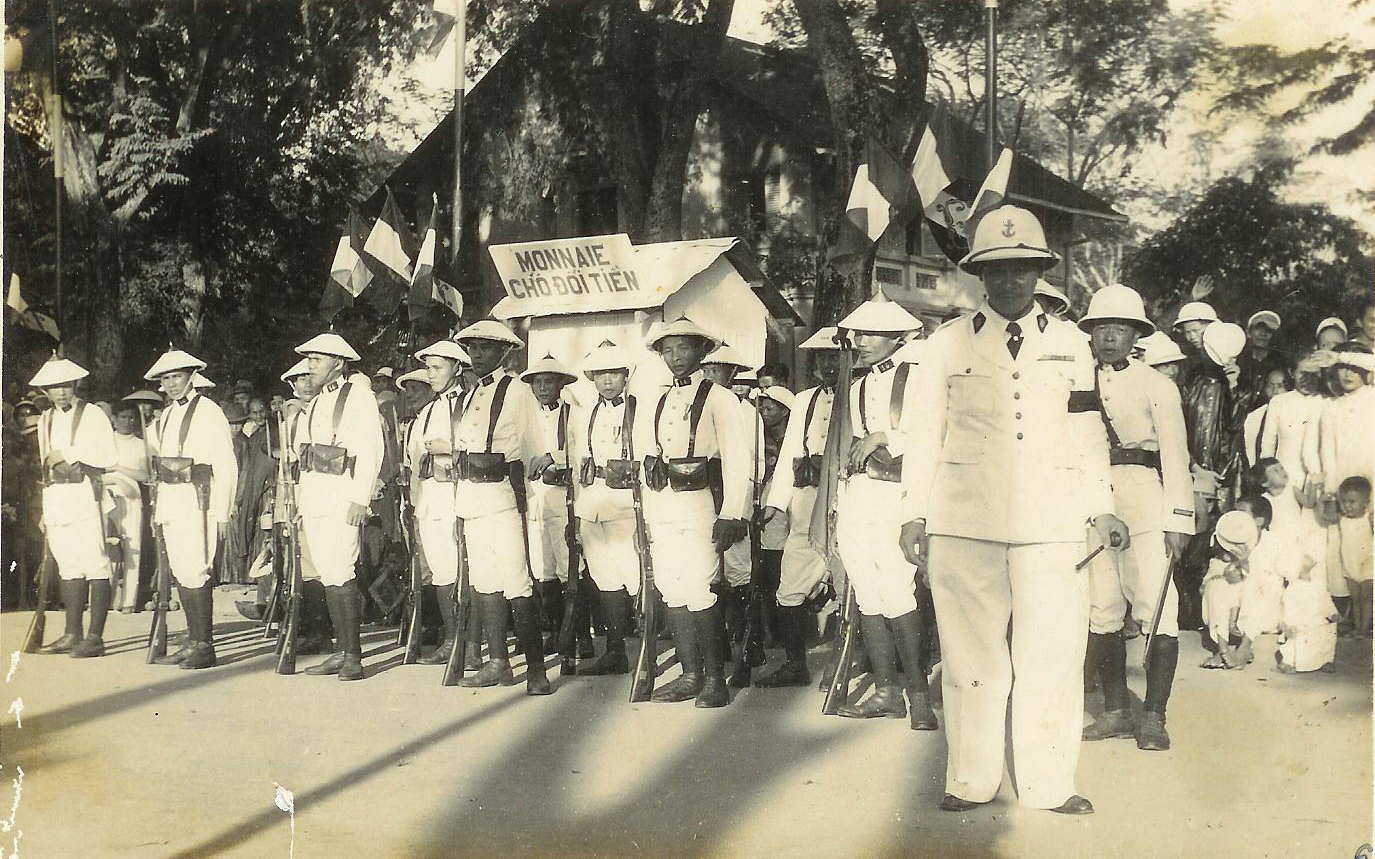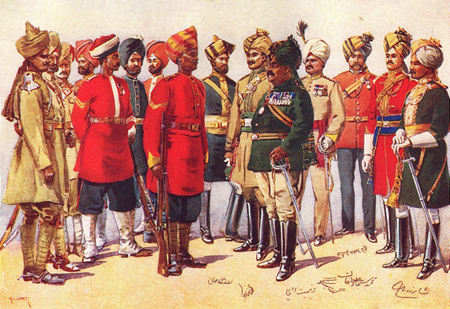An interesting cousin to the South African polo style sun helmet is the shako used by forces of the British South Africa Police (BSAP), which was the paramilitary police force of Rhodesia. It was created as a force of mounted infantrymen in 1889 by Cecil Rhodes’ British South Africa Company. It was originally known as the British South Africa Company’s Police and run directly but the company. Continue reading
Author Archives: Peter Suciu
Khaki Sola Pith of the XII Army
 The Twelfth (XII) Army actually existed twice during the Second World War – although the first time it was created as a fictional formation as a Cairo-based deception department. Created by Dudley Clarke as part of the deception plan for Operation Husky, the Allied invasion of Sicily in July 1943, it was intended to have the Germans believe that the Twelfth Army was going to land in Greece and then advance into the Balkans.
The Twelfth (XII) Army actually existed twice during the Second World War – although the first time it was created as a fictional formation as a Cairo-based deception department. Created by Dudley Clarke as part of the deception plan for Operation Husky, the Allied invasion of Sicily in July 1943, it was intended to have the Germans believe that the Twelfth Army was going to land in Greece and then advance into the Balkans.
The army’s formation insignia was a trained seal balancing on its nose a terrestrial globe, which is obviously quite different from the above example. This is because in May of 1945 the phantom Twelfth Army was disbanded and a second Twelfth Army was created to take control of operations in Burma from the Fourteenth Army. Continue reading
What’s In a Name? The Pressed Fiber Helmet
The American pressed fiber helmet, which was used from the late 1930s until the 1990s, is unique in that it didn’t follow the U.S. Military tradition of naming everything. It had no model number and hence isn’t an M1 Sun Helmet – and for the record that might have been confusing with the M1 Steel Helmet. Continue reading
Sun Helmet of the British Machine Gun Corps (MGC)
The machine gun played a major role in the First World War, and it could be argued that one of the reasons the war on the Western Front turned into a stalemate was that the rapid fire machine gun made a maneuver virtually impossible. The machine gun was thus responsible for the trench warfare that ensued as soldiers “dug in” as each side blasted away at one another.
Ironically perhaps the same gun that created this situation was considered to be the solution. The British Army formed the Machine Gun Crops (MGC) in October 1915 in response to the need for more effective use of machine guns. Continue reading
Marchand and the Race for Fashoda
While there are many “eminent Victorians” in British military history the French have fewer such characters. One largely unknown outside of France was Major Jean-Baptiste Marchand, who led the French expeditionary force during the Fashoda Incident.
Born in Thoisssey, Ain during the Second French Empire in 1863, he participated in the French conquest of Senegal and was wounded at the capture of Diena by the French in 1889. He explored the sources of the Niger River and even tracked the source of the Nile. Continue reading
The Conical Hat of Asia
As we previously have noted in our study of the Conical Asian Hat of the Hong Kong Police, this unique version of the sun helmet – known as the “rice hat,” “paddy hat,” or even pejoratively as the “coolie hat” – was one that had been primarily used by civilians. However, in many cases the line between “civilian” and “military” is blurred, especially in times of insurrections and uprisings. In these cases the conical hat, used as much by so-called peasants in the fields, became a headgear of war.
It was also, as the above photo suggests, a form of true military headgear – with the French and British relying on the conical straw hat for use by indigenous troops in South East Asia and China. The above photo shows French Marine Infantry volunteers in French Indo-China circa 1935. Continue reading
Turbans of the Indian Army
The turban, the traditional headdress of India, is often an object of confusion. As previously noted in our study of the Arabian headdress known as the keffiyeh, the two are often confused. And while they may have a shared origin, and both are made from cloth these two are very distinct. Continue reading






